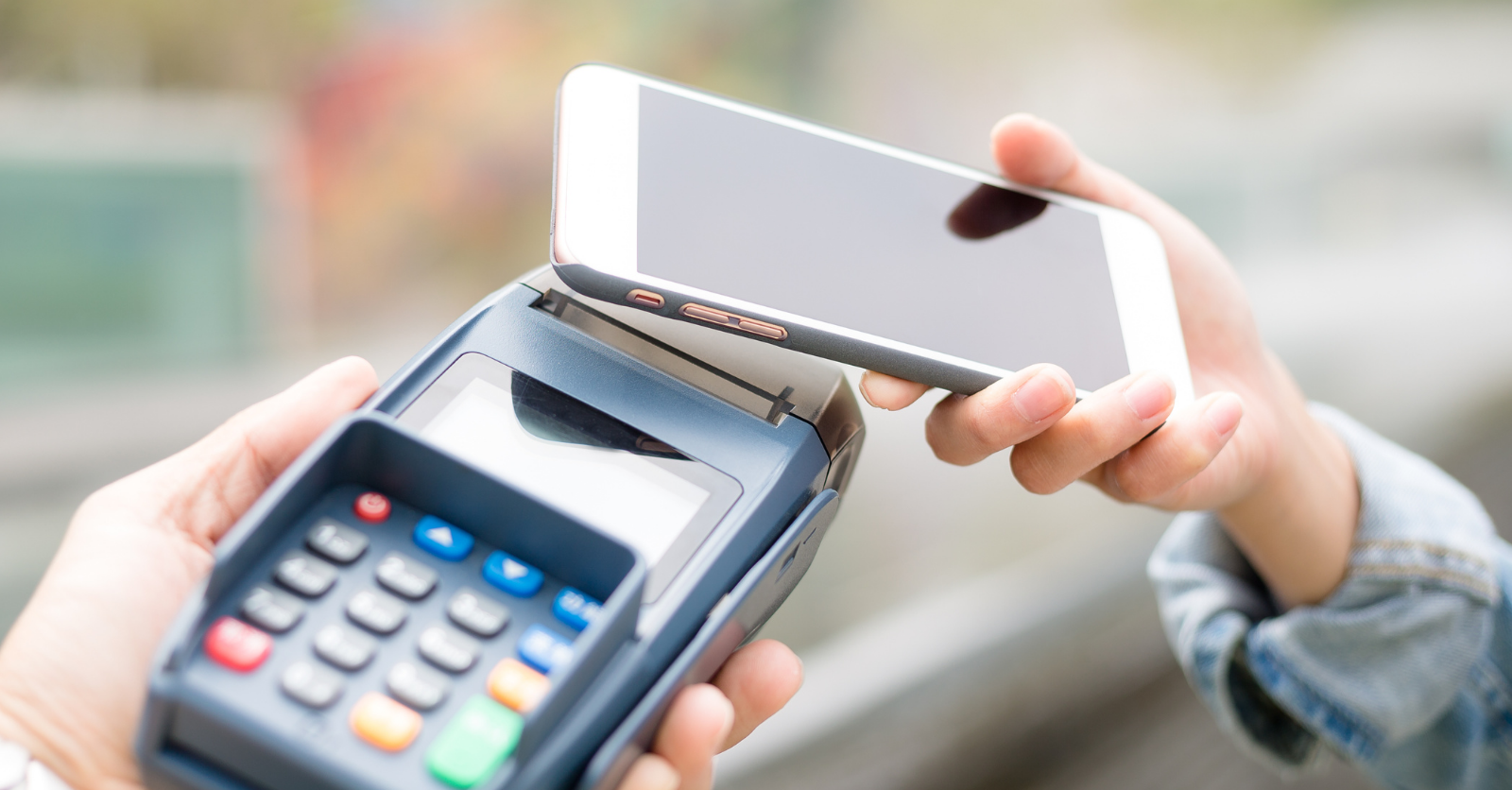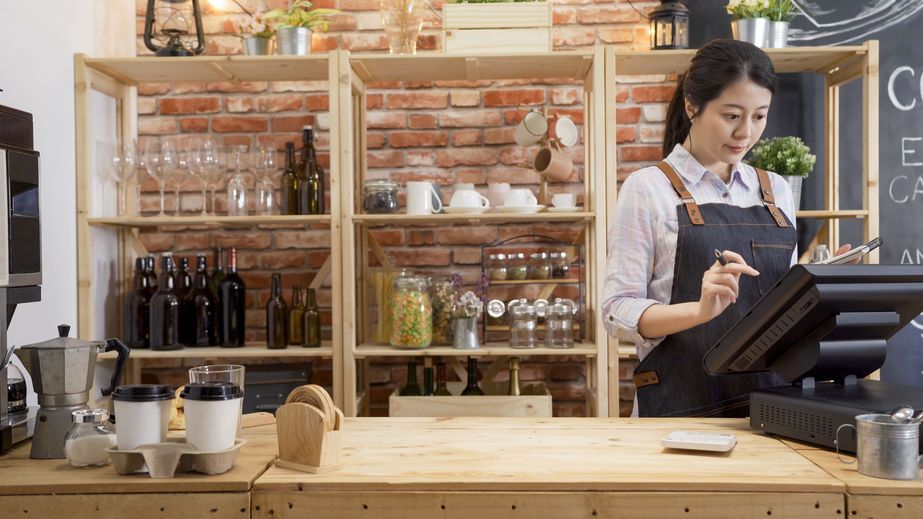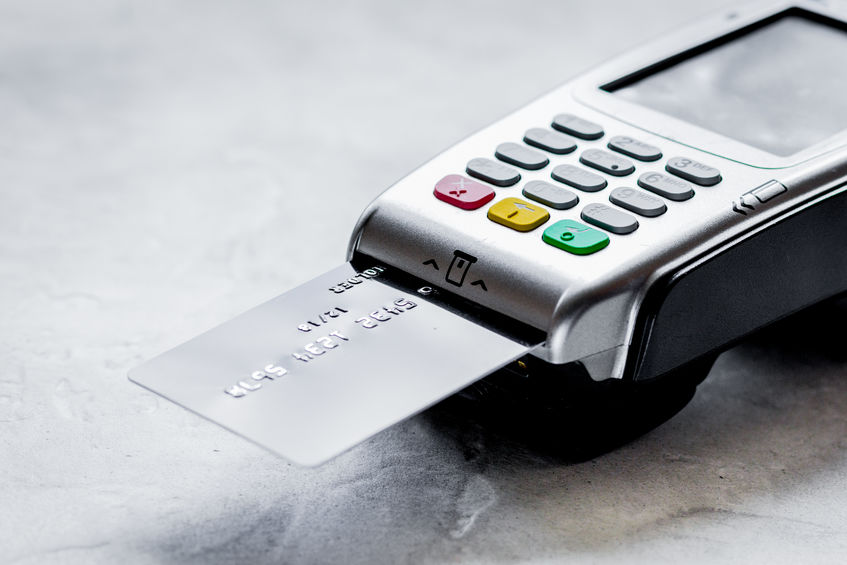Commerce in a Post-COVID World: Are Contactless Payments the Solution?
The global spread of COVID-19 threw the entire globe into chaos, and businesses all over the world suddenly found themselves operating under new, strict rules – if they were allowed to operate at all. That put an enormous strain on the entirety of retail, with few sectors emerging unscathed. But limited access to the businesses they’d always taken for granted, and an increase in public caution and awareness in relation to things like social distancing and sanitation also caused major shifts in the way consumers shop. Those changes are not temporary, and they won’t roll back once business as usual eventually resumes. That makes it extremely important for all merchants to educate themselves on the new realities of the marketplace, and to adapt as necessary to stay current. Doing so has the potential to open up new revenue streams and improve the customer experience, while failure to do so has the potential to drive customers right into the arms of more agile, adaptable competitors better able to meet their new needs.
How COVID-19 Reshaped the Consumer Landscape
The impacts of the pandemic, with its widespread stay-at-home orders, business closures, and heightened public caution have been, in many ways, completely predictable. Two of the most significant shifts in retail have been strong growth in online channels and accelerating adoption of contactless payment methods. Both reflect consumers’ desire to continue shopping as much as possible while minimizing the potential risk of exposure.
According to McKinsey, most online channels are looking at 20% to 50% growth over pre-COVID numbers, with medicines, snacks, and household supplies all enjoying 40%+ upticks. And while most companies across the U.S. were struggling to minimize staff cuts, Amazon – the world’s leading e-commerce retailer – actually increased its workforce by 34% to keep up with the new demand. That growth in online shopping has introduced an enormous number of new shoppers to ecommerce, even ones who were previously wary of entering their credit cards online.
But, while consumers are flocking to e-commerce, there is still plenty of shopping going on in-store – and, in some cases, outside of stores. Curbside pickup and home delivery have offered consumers ways to do their shopping in the brick and mortar world while avoiding the need to enter busy, enclosed stores. But potentially the most significant trend shaping the future of real-world commerce is the shift to contactless payment options.
A full 79% of consumers worldwide are now using contactless payments, coming off of over 40% growth in Q1 2020. The U.S. lags slightly behind overall, but 51% of Americans now utilize contactless payments, driven at least partially because half of all consumers are concerned with the cleanliness of payment touchpads. In response to that increased demand for contactless payment, some payment solutions, like Interac Flash, have upped limits by as much as 150%.
Why Contactless Payment Solutions are a Must in 2021 and Beyond
Contactless payments were already growing rapidly prior to the COVID-19 outbreak, but the rapid ramp-up in the wake of the pandemic is instilling new buying habits in consumers that won’t just go away once the virus eventually comes under control. The habits consumers are developing throughout the pandemic, and their comfort with things like online purchases and tap payments, will continue to drive their behavior indefinitely. So, while merchants had good reason to go contactless even before COVID, in a post-COVID world, it’s an absolute must.
First and foremost, contactless payments are by far the most sanitary option available for brick and mortar shopping. The ability to simply tap a card or wave a phone means consumers can completely avoid touching the cash in their wallet or the buttons on the payment terminal – both of which have come into contact with thousands of other people and may, or may not be, potential points of exposure to health risk. That cleanliness is the key driver in current contactless growth, but the unsanitary conditions of cash and payment terminals will be at the top of mind for consumers for years after the pandemic ends.
But beyond the public health benefits, contactless payments offer consumers one thing they demand even during the best of times – convenience. There is no faster or easier way to pay than to simply tap a chip card or, increasingly, to enjoy the unmatched security of digital wallets like Apple Pay, Google Pay, Samsung Pay, and others. Those digital wallets – apps that come stock on all the most popular mobile devices – allow shoppers to forgo reaching into their wallets all together and to instead make payments with their phones, or even their smartwatches – the devices they’re already constantly tethered to and completely comfortable with. And because digital wallets require a thumb scan to operate, they offer an enhanced level of security that no other tap payment can match. That powerful combination of convenience, comfort, and security make digital wallets a must for merchants serving all niches.
The Payment Options Merchants Need to Thrive in a Contactless World
Chip-enabled debit and credit cards are still the go-to contactless payment option for the vast majority of consumers, so merchants need to ensure they’re utilizing modern EMV-compliant payment terminals that accept tap payments. EMV is the industry standard, and there are serious consequences for failing to offer EMV-compliant payments, so ensuring compliance is crucial. But not all EMV terminals are tap-enabled. If a merchant’s payment hardware doesn’t have the contactless EMV logo on it, it’s time for an immediate hardware upgrade.
While cards still make up the majority of contactless payments, digital wallets are growing fast, with Apple Pay alone set to handle 10% of all “card” transactions by 2025. Luckily, all tap-enabled EMV payment hardware is automatically compatible with the near-field communication (NFC) technology used by mobile wallets and payment apps. But not all users understand that, so it’s important that merchants clearly advertise to their customers that they accept all the top payment apps.
Merchants looking to embrace mobile payments need to look no further than their merchant services provider to ensure their payment hardware is up to the task. BAMS merchants have access to a full line of EMV-compliant, tab-enabled payment solutions capable of meeting the needs of all types of merchants, from small mom and pop stores running one pay pad to major chains running multiple POS-integrated payment terminals across multiple locations.
To find out more about how BAMS can help you get your store set up to offer your customers the contactless payment options they deserve, get in touch today for your custom quote, and five-point price comparison.




